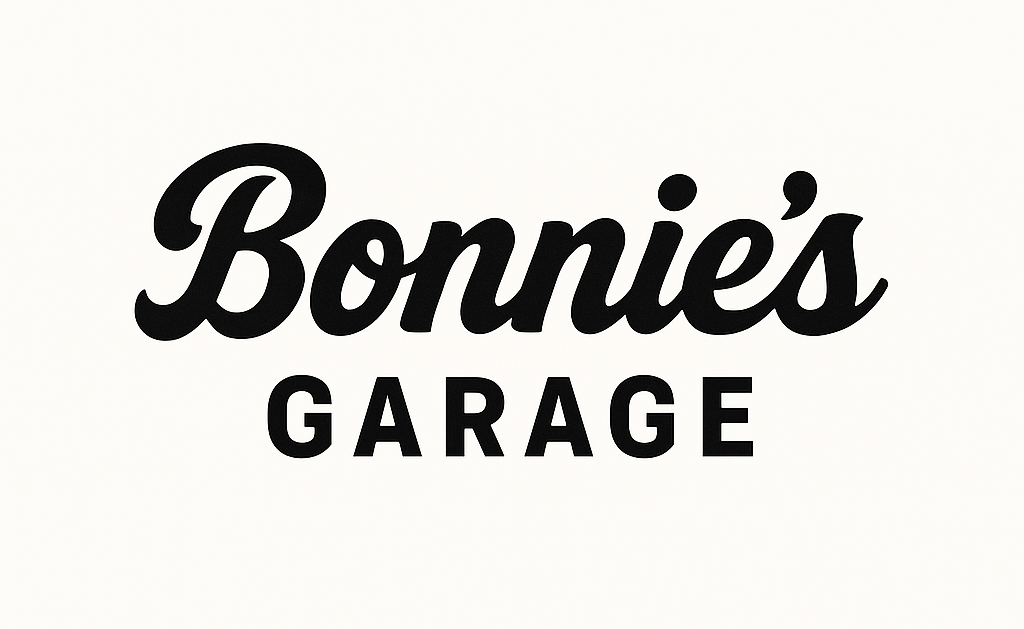n 2025, Toyota remains the world’s best-selling car brand—just as it has for years. With over 11 million units sold globally, the Japanese giant continues to dominate the market thanks to its strong lineup of reliable, fuel-efficient, and increasingly electrified vehicles.
But how does Toyota stay ahead in a world quickly shifting toward EVs, digital dashboards, and tech-first design? Let’s explore what sets them apart, which models are driving the numbers, and how their pricing strategy compares globally.
🌎 Global Sales Snapshot (2025)
| Brand | Units Sold (2025 est.) | Country Origin | Notable Segment |
|---|---|---|---|
| Toyota | 11.2 million | Japan | Hybrid/Economy/Family |
| Volkswagen | 8.7 million | Germany | Hatchbacks/SUVs/EVs |
| Hyundai/Kia | 7.1 million | South Korea | Compact/Electric/CUV |
| Ford | 6.4 million | USA | Trucks/SUVs/Performance |
| BYD | 4.9 million | China | EVs/Affordable Sedans |
Toyota continues to lead in every major continent, including Asia, North America, and parts of Europe and South America. Its hybrid vehicles like the Toyota Corolla, RAV4 Hybrid, and Camry are especially strong sellers.
🔧 Why Toyota Still Wins in 2025
1. Hybrid Mastery
Before most automakers even started developing hybrid technology, Toyota had already spent two decades refining it. The Prius may no longer be the trendiest model, but it laid the foundation for today’s RAV4 Hybrid, Corolla Cross Hybrid, and even the Crown Crossover.
2. Balanced EV Strategy
While Tesla and BYD are racing ahead in full EVs, Toyota is taking a slower, broader approach: hybrids, plug-in hybrids (PHEVs), and emerging solid-state battery EVs. This flexible strategy appeals to customers who aren’t ready to fully commit to electric.
3. Affordability + Reliability = Loyalty
Toyota’s vehicles are famously long-lasting. The brand consistently scores high in consumer trust rankings and resale value. Combined with smart pricing, that keeps buyers coming back.
4. Global Manufacturing
Toyota has assembly plants in North America, Asia, Europe, and Africa. This allows them to scale efficiently, avoid long shipping timelines, and adapt to local market needs quickly.
💰 Price Comparison – Popular Toyota Models (2025)
| Model | USA Starting Price | NZ Starting Price | UK Starting Price | Notes |
| Corolla Hybrid | $23,500 USD | $37,990 NZD | £25,500 GBP | Reliable, fuel-efficient |
| RAV4 Hybrid | $31,725 USD | $52,490 NZD | £33,000 GBP | Top-selling hybrid SUV |
| Camry Hybrid | $28,855 USD | $50,490 NZD | £31,000 GBP | Smooth ride, executive style |
| Yaris Cross | $23,000 USD (est.) | $35,290 NZD | £24,000 GBP (est.) | Compact, city-friendly hybrid |
💡 Prices vary based on local taxes, spec packages, and hybrid battery incentives.
🔍 Design Philosophy: Practical with Purpose
While Toyota may not be known for radical aesthetics, their design language—especially in the Crown, GR86, and bZ4X—is evolving.
- Clean lines, wide grilles, and strong lighting identity
- Interiors focus on functionality, not flash
- Consistency across global models
Toyota’s vehicles feel intuitive, familiar, and unfussy—a trait many drivers prefer over overly complex, tech-heavy designs.
🏁 Final Thoughts
Toyota’s not the flashiest, fastest, or most futuristic brand. But in a time when many buyers still want reliability, low running costs, and simple tech, Toyota’s consistency is its biggest advantage.
Whether you’re shopping for your first hybrid or just curious about the top car brand of 2025, Toyota proves that steady still wins the race.
